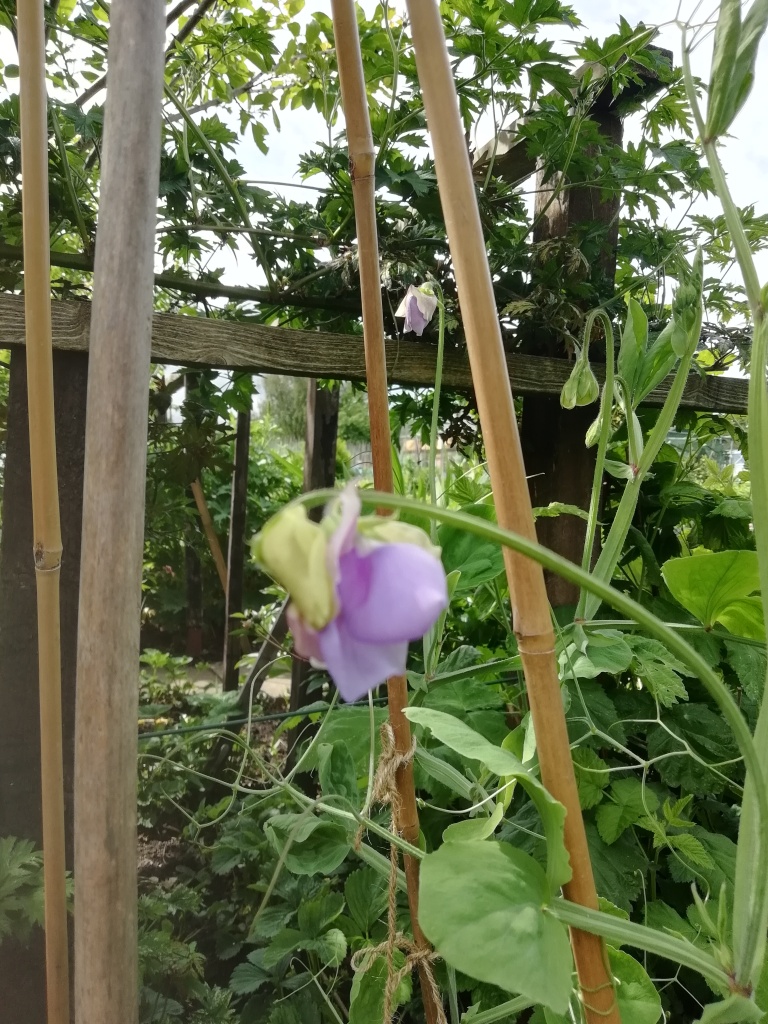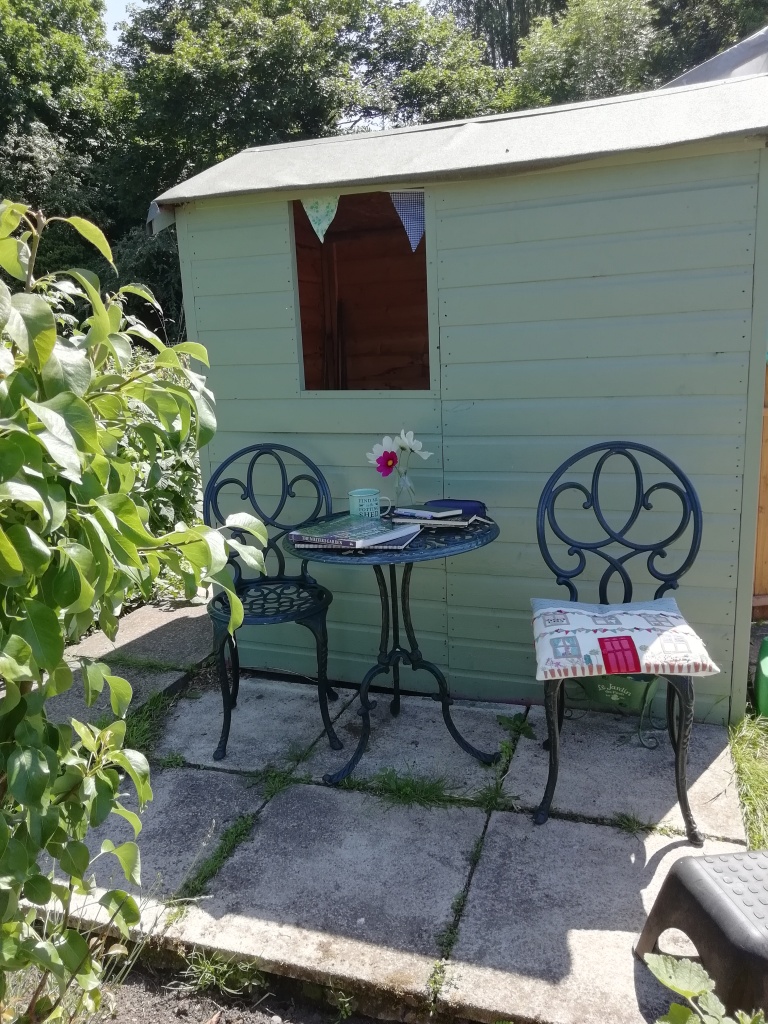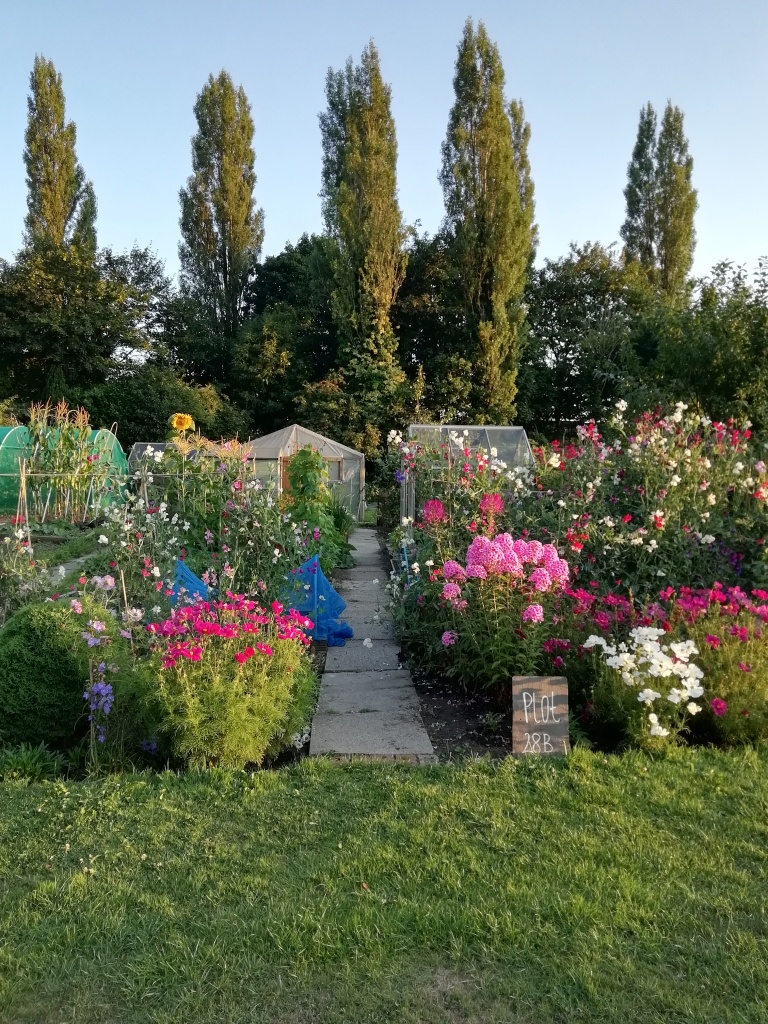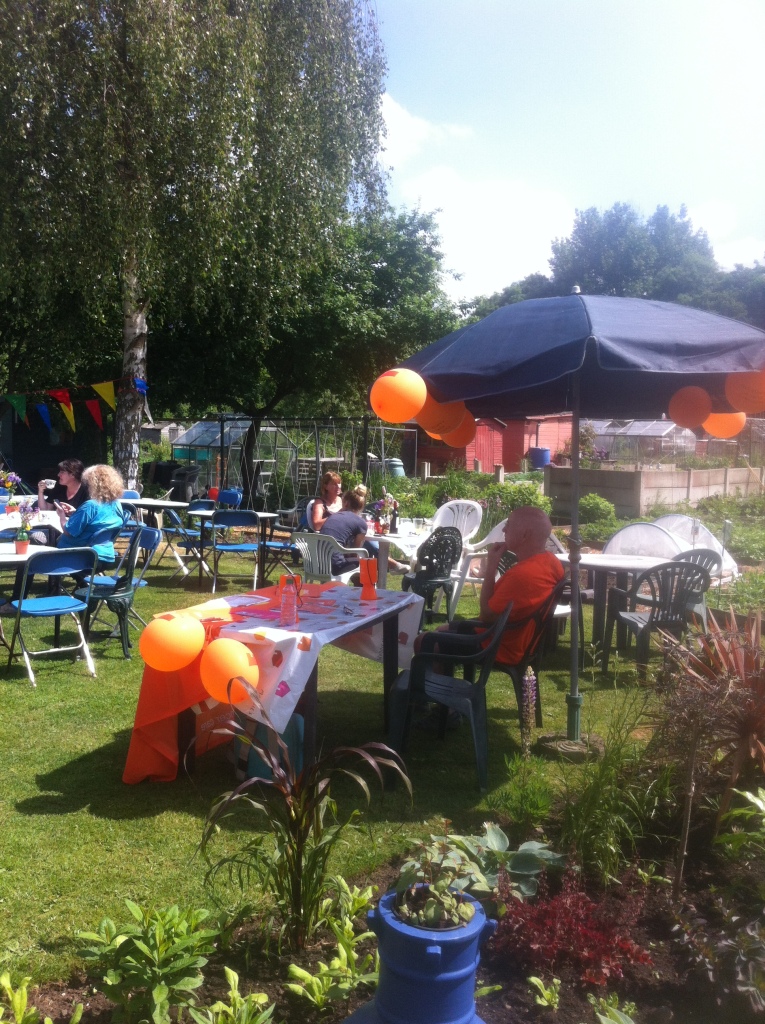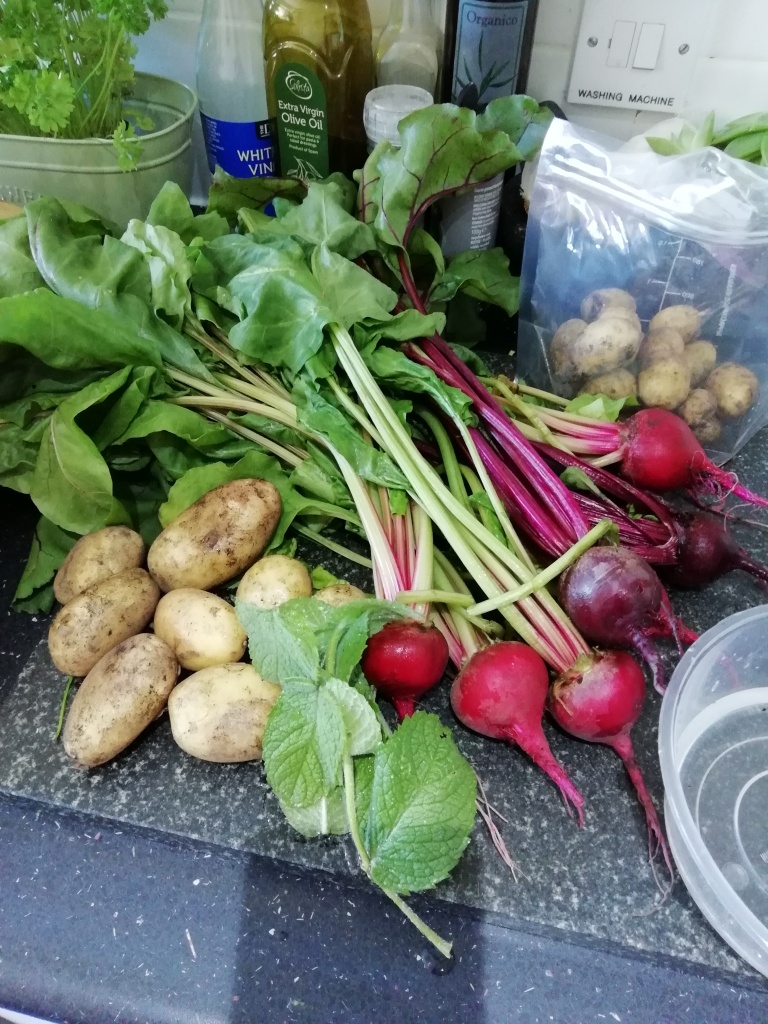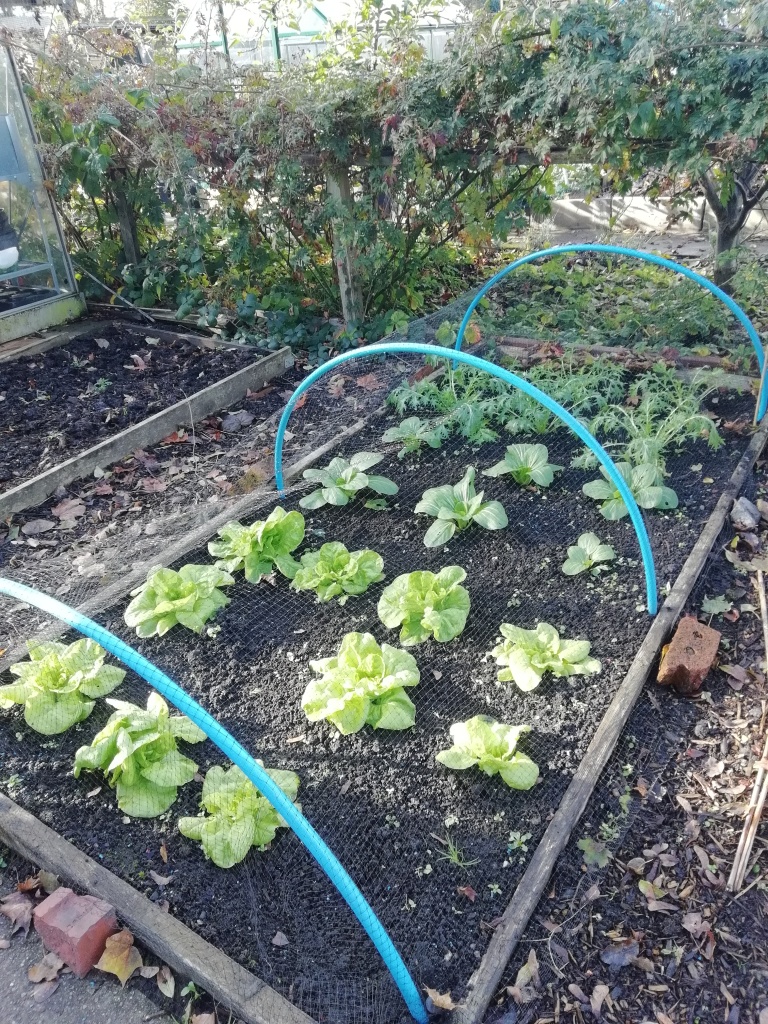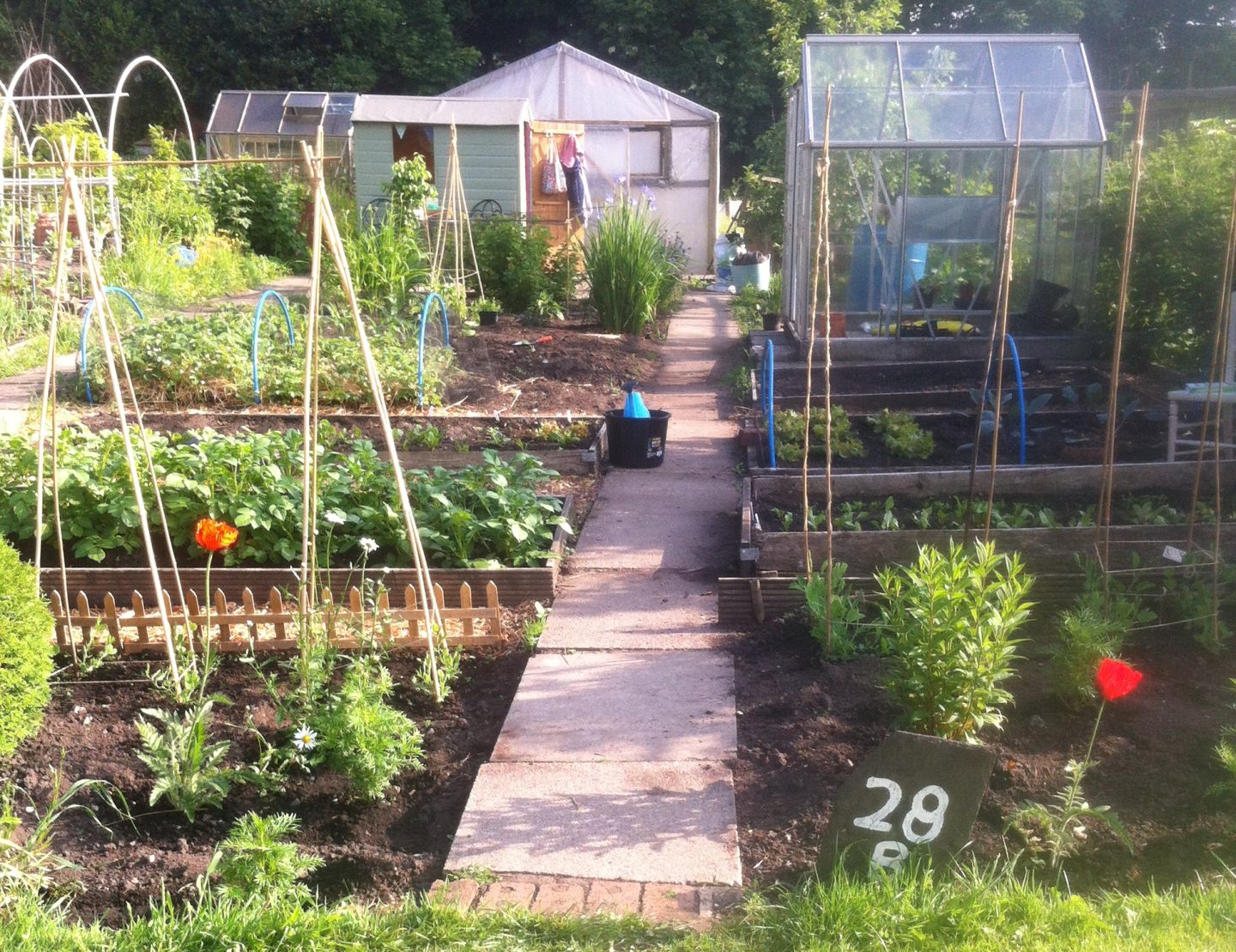Ironically, it was in the depths of winter when I fell hopelessly in love with that most enchanting of summer cottage garden flowers: the common Sweet Pea. And I’m not talking about an admiring glance here, a satisfied sigh there. Rather, I’m talking about something bordering on downright obsession.
At first, having decided that I might quite like to grow sweet peas, I was amazed, and not a little bemused, to find so many related vlogs. Indeed, I spent the best part of January, February and March of last year holed up in my flat watching back to back YouTube videos on the subject matter: How to sow sweet peas. How to sow sweet peas for better germination. How to sow the best sweet peas. How to grow sweet peas in pots. How to tie-in your sweet peas. How to get the most out of your sweet peas. All practical stuff.
However, some videos – the purpose of which was not immediately apparent – were set to music and consisted of ten to fifteen minutes of slow, evocative pans of fully-established plants culminating in a sort of audio-visual ode to the sweet pea.
In the end, it was this latter type of video that took up most of my time. For there, in the choreographed dance of the sweet pea I began to sense something close to magic in its rambling, unwieldy charm. I was struck by the way each new set of leaves having reached a certain height and a certain state of semi-openness looked, to me at least, like the pointy ears of the wild March Hare. And I was at a loss for three whole months as to which was my favourite bloom because I changed my mind on a daily basis. Some days I preferred the dusky pinks and pale lilacs, other days I was drawn to the deep purples and rich crimsons. And the tendrils! Oh my god, the tendrils!
| And taper fingers catching at all things, To bind them all about with tiny rings. |
As winter gave way to spring, I could hardly contain my excitement. By early April, every windowsill in my home housed a seed tray devoted to as many different varieties as I could lay my hands on. In preparation for Planting Out Day, I built eleven (yes, eleven!) tepees on my newly acquired allotment: two lots of five at the back of each of my two flower beds and a solitary tepee in the centre of my herb patch, just in front of my shed window.

Come early May, I was spending more time than was acceptable down on my knees at the allotment trying to convince myself that there’d been a growth spurt. But after another few weeks had passed and I was still able to count only three sets of leaves something like a depression came over me. It didn’t make sense. We were almost in June. The sun was cracking the pavement. My poppies had been and gone, my delphiniums were six feet tall. Was this some sort of cosmic joke?
It was around this time in the allotment adventure that I wondered if there might be such a thing as a Sweet Pea Society and, if so, would it be at all possible for a member of said society to be drafted in, without delay, to provide emergency help and guidance?
Eventually help arrived – my plot neighbour caught me sitting cross-legged beside my flower border, head in hands. “You know, a watched pot never boils,” he said.
“Don’t you think they look a bit rubbish?” I enquired.
“Give over,” he said. “There’s no point mollycoddling ‘em. Just let the buggers grow.”
But I couldn’t just let them grow because it was so blatantly obvious from where I was sitting that the buggers weren’t growing. In fact, they’d hardly budged in a month. There was something wrong.

The briefest of research trips to my local nursery a few days later confirmed my worst fears. Indeed, alongside the newly sprung Cosmos seedlings was a positive jungle-like display of sweet peas. They weren’t just tumbling over the sides of the pots, they were trailing. They had bushy side-shoots and a thickness about their stems that was not forthcoming in my own. On closer inspection, I saw that they even had tendrils, for god’s sake! I bought the lot, took them back to the plot, and started planting. There was no method involved; I just added the seedlings willy-nilly at the bottom of the beanpoles, firmed them in and gave them a good drenching.
And then I waited.
And waited…
And spoke kindly to them…
What happened next was the stuff of fairy tales. Within days the seedlings looked that bit taller; that bit bushier. A week later and they had climbed halfway up the beanpoles, and before the month was out I had my very first bloom: a deep purple. July saw the mother of all growth spurts – the foliage had grown to the top of the poles and was tumbling back down again. Each plant produced hundreds of blooms in every conceivable colour, and it wasn’t long before my sweet peas became the talk of the allotment. Everyone from the chairman to my mother had stopped to admire them, to breathe in their heady scent. On event days, when the gates were thrown open to the public, I had enough to give away to passers-by.




It was around late summer when the honeymoon period began to wear off. Sweet peas, I was to find out, are high maintenance. Oh yes, everyone’s quick to tell you that they’re so easy to grow and that the more you pick, the more they’ll keep on producing. But nobody tells you about the rate at which unpicked flowers turn into dreaded peapods, signalling the death-knell of your beloved blooms. It’s not an exaggeration to say that I spent the best part of the summer deadheading them. I kid you not, there were days when I’d leave mid-afternoon feeling satisfied that I’d spied and removed every last seedpod only to return in the evening for watering duty to find more!
By mid-August, I thought the stems had grown some sort of weird green fur, but then I realised they’d succumbed to a greenfly invasion. And when the first day of September rolled around, I had just enough blooms left to enter the end of the summer show, hosted by our allotment site. I was too disheartened to partake, but a fellow allotmenteer kindly entered them for me. They won first prize. ‘Never again,’ I thought, as I smiled for my photo…

‘Never again,’ I thought, as I began salvaging pods from the dead foliage. ‘Never in a million years,’ I thought, whilst extracting, trance-like, seeds from said pods. “Okay, two tepees tops,” I thought, whilst putting in an order for enough beanpoles to build a small hut.

Fast forward to Summer 2019 and, by rights, the allotment should be positively overrun with sweet peas. For in addition to the bog standard eleven tepees of annual sweet peas, this year has seen the introduction of a perennial variety on my plot. Alas, most likely due to a combination of feral wildlife and bad weather, things haven’t gone quite to plan. At least a third of my seedlings were pulled out of the ground by pesky magpies seemingly for the sheer fun of it – they don’t appear interested in eating them! And the result? Too many unsightly gaps. There again, the heavy rain and lack of sun have no doubt played a part in the premature yellowing of the foliage and twisted flower stems.

The heady days of 2018 that I spent lovingly tending to my sweet peas seem like a distant memory now. The fact that I’m merely required to pick a vase full every few days but can otherwise get on with my life leaves me feeling, well, a bit redundant. There’s not the same bond this time. And if I’m honest, I feel a bit cheated. I’ve rushed away months of my life to be headlong into sweet pea season again. Yet, the rubbish British weather and the pests aside, I really know where I’ve gone wrong this time.
***
As I sit here typing this and sipping my chamomile tea, there’s an idea edging its way into my awareness. What if it’s true that plants really do respond to the temperament of the gardener? What if all I have to do is pop along to the plot at first light and speak nicely to my sweet peas? You know, build a bond with them. Like last year.
Watch this space.
